RNA (Ribonucleic Acid)
RNA, or ribonucleic acid, is a molecule that is essential for various biological processes, particularly in the synthesis of proteins. It is a single-stranded molecule that plays a crucial role in the transmission of genetic information from DNA to the protein synthesis machinery of the cell.
Structure of RNA
RNA is made up of a long chain of nucleotides. Each nucleotide consists of a sugar molecule (ribose), a phosphate group, and one of four nitrogenous bases: adenine (A), guanine (G), cytosine (C), and uracil (U). Unlike DNA, RNA contains uracil instead of thymine. The sequence of these nitrogenous bases in RNA determines the genetic information it carries.
Types of RNA
There are several types of RNA, each with specific functions:
- Messenger RNA (mRNA): Carries the genetic information from DNA to the ribosomes, where proteins are synthesized.
- Transfer RNA (tRNA): Helps in the actual assembly of amino acids into proteins.
- Ribosomal RNA (rRNA): A major component of ribosomes, the cellular machinery responsible for protein synthesis.
Functions of RNA
RNA performs several crucial functions in the cell:
- Transcription: RNA is synthesized from a DNA template in a process called transcription.
- Translation: mRNA carries the genetic code from DNA to the ribosomes, where it is translated into a specific sequence of amino acids to form a protein.
- Regulation of Gene Expression: Certain types of RNA, such as microRNA (miRNA) and small interfering RNA (siRNA), are involved in regulating the expression of genes.
Study Guide
Here are some key points to remember when studying RNA:
- Understand the structure of RNA, including the components of a nucleotide and the differences between RNA and DNA.
- Learn the types of RNA and their specific functions in protein synthesis.
- Study the processes of transcription and translation, and how RNA is involved in these processes.
- Explore the role of RNA in gene expression and regulation.
- Practice identifying the different types of RNA and their functions in various biological processes.
Understanding RNA is crucial for comprehending the central dogma of molecular biology and the mechanisms of protein synthesis in living organisms.
[Rna] Related Worksheets and Study Guides:
.◂Science Worksheets and Study Guides Fifth Grade. The 6-Kingdoms of life
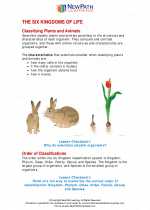
 Activity Lesson
Activity Lesson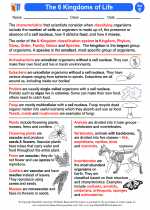
 Worksheet/Answer key
Worksheet/Answer key
 Worksheet/Answer key
Worksheet/Answer key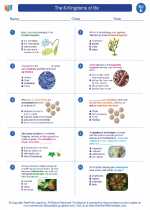
 Worksheet/Answer key
Worksheet/Answer key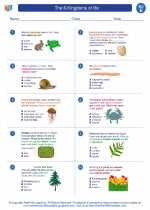
 Worksheet/Answer key
Worksheet/Answer key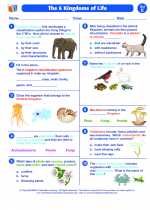
 Vocabulary/Answer key
Vocabulary/Answer key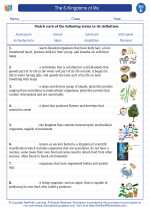
 Vocabulary/Answer key
Vocabulary/Answer key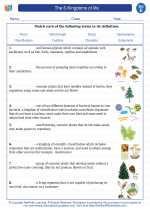
 Vocabulary/Answer key
Vocabulary/Answer key
 Vocabulary/Answer key
Vocabulary/Answer key
